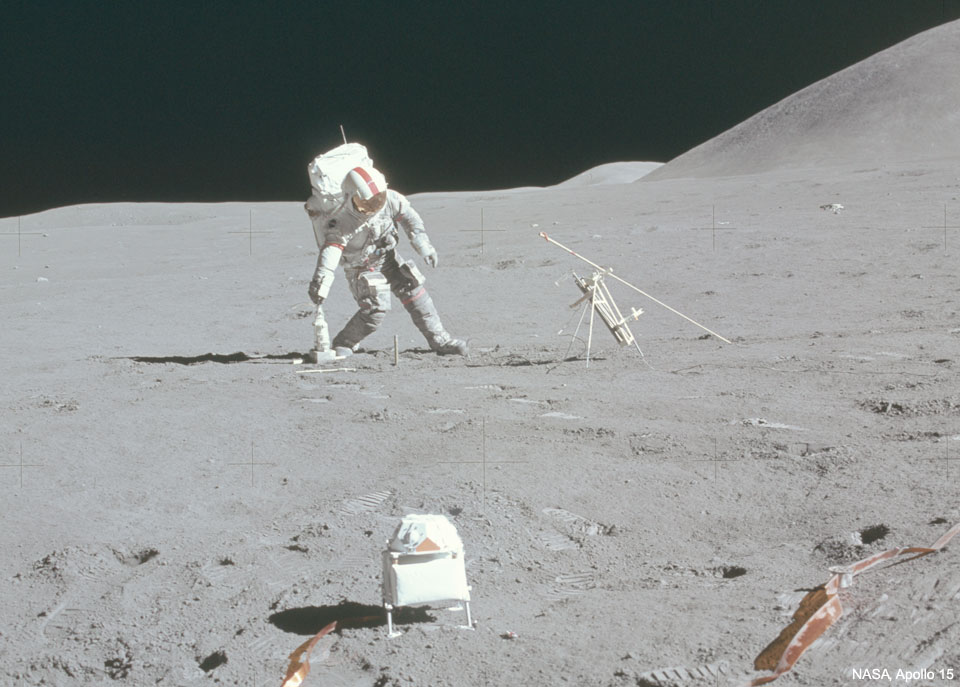
Si la greffe de coeur est aujourd’hui de plus en plus souvent pratiquée, les risques de rejets du greffon restent une préoccupation majeure, en plus du manque de donneurs. Cette prouesse réalisée par une équipe de chercheurs israélienne de l’université de Tel-Aviv et publiée le 15 avril dernier dans la revue Advanced Science, représente donc une « avancée majeure » dans ce domaine : ils sont en effet parvenus à mettre au point un prototype de coeur imprimé en 3D à partir de cellules prélevées sur le tissu du patient malade.
« Nous imprimons un coeur entier qui est complètement biocompatible avec le patient et ne provoquera pas de réponse immunitaire » explique ainsi le Professeur Tal Dvir, l’un des chercheurs. Mais pour l’instant, le coeur imprimé reste minuscule, « de la taille d’un coeur de lapin », 20 mm de hauteur pour 14 mm de diamètre, et ne peut pas encore battre comme un vrai coeur. Ils devraient être dans un premier temps greffés sur des animaux.
PassportSanté - France

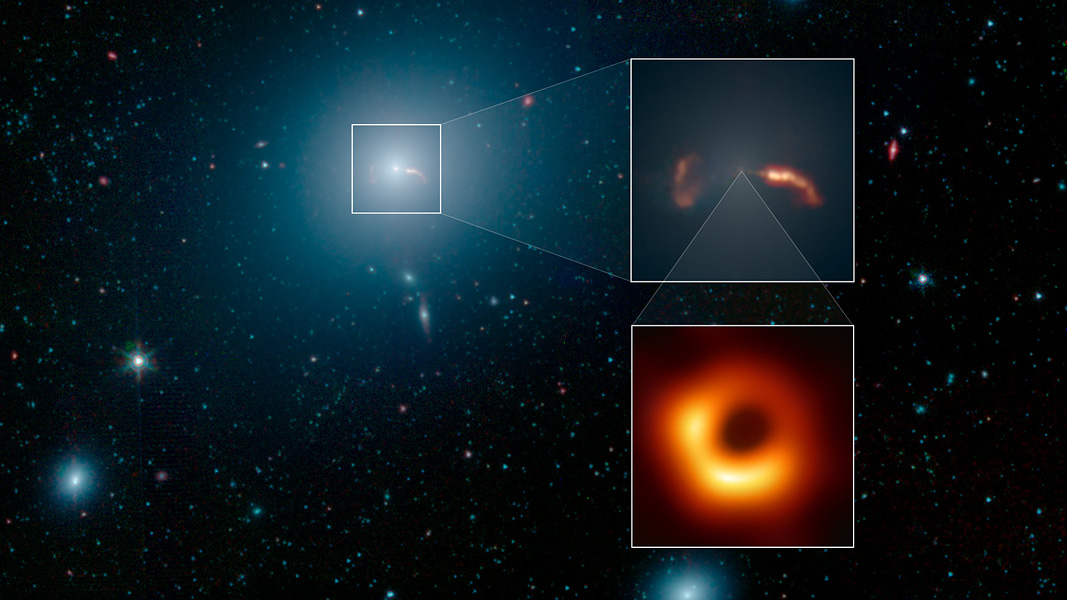
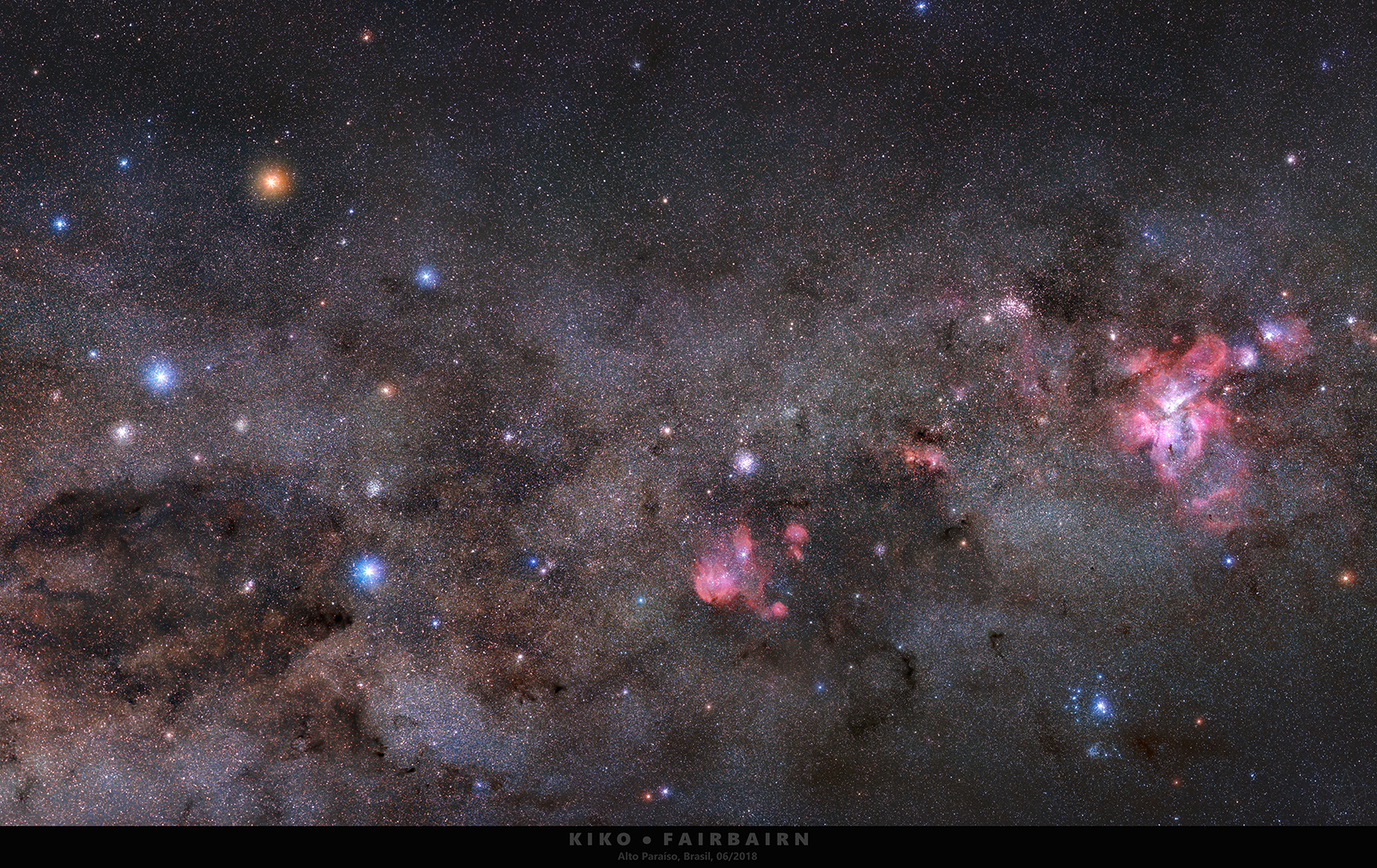



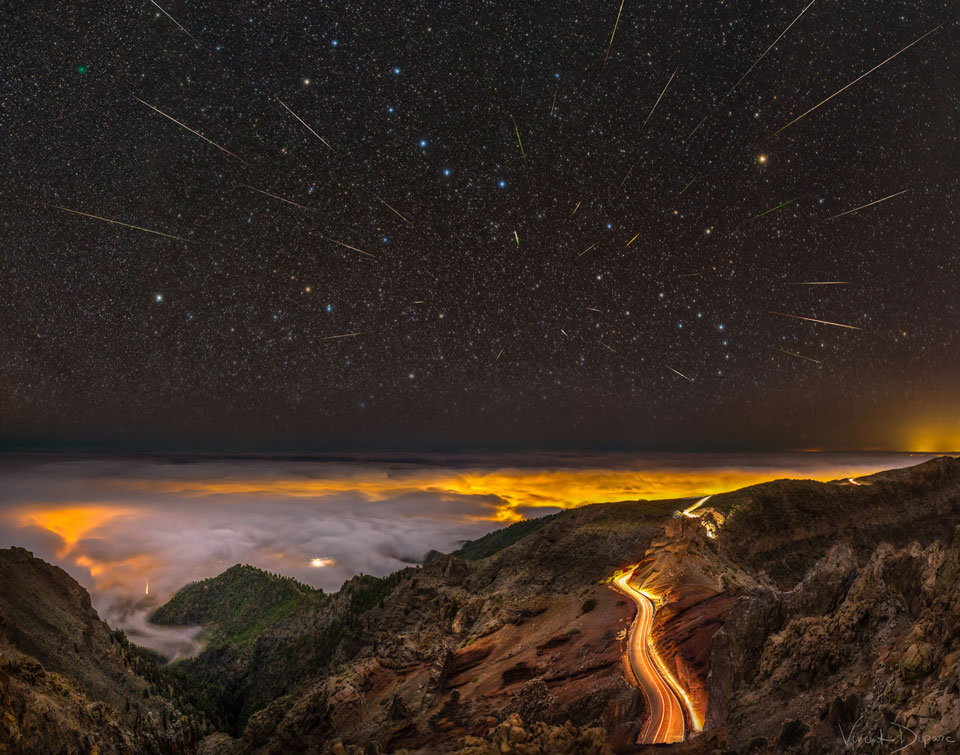




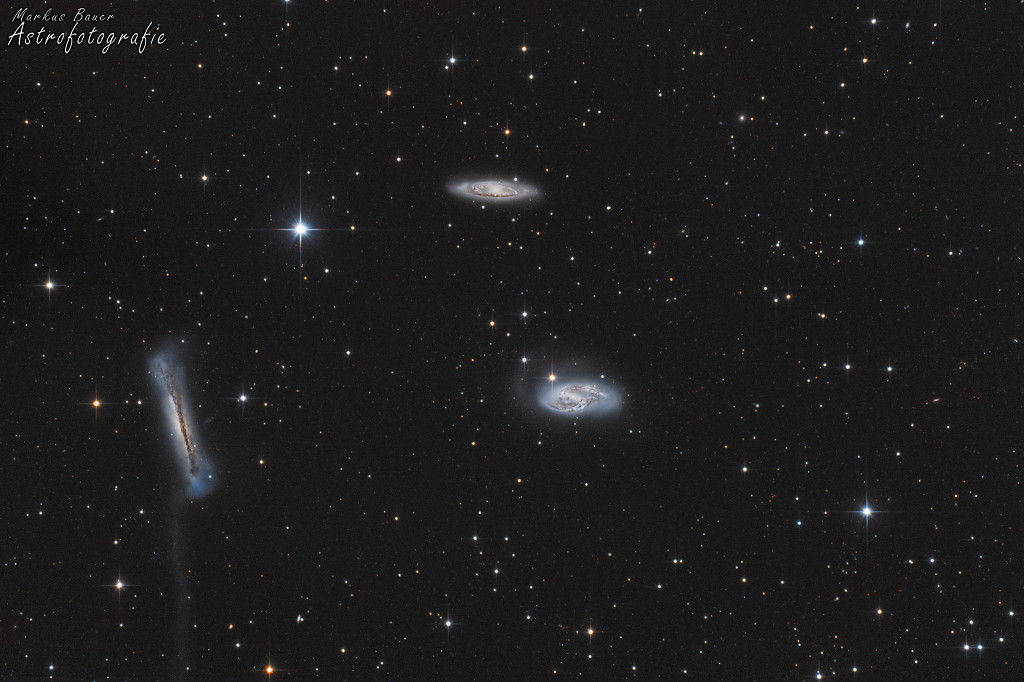







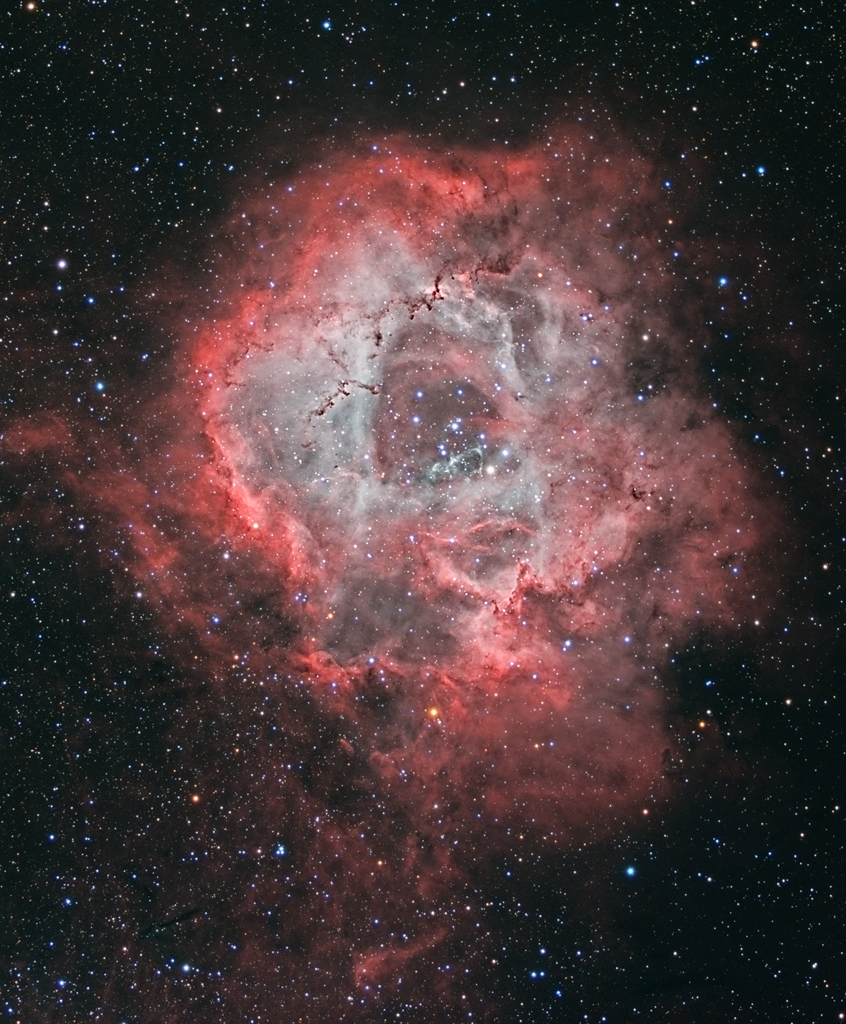






 USA, 5.913
USA, 5.913 FRANCE, 3.307
FRANCE, 3.307 ALEMANHA, 971
ALEMANHA, 971 BRASIL, 921
BRASIL, 921 BÉLGICA, 786
BÉLGICA, 786 UCRÂNIA, 675
UCRÂNIA, 675 EMIRADOS ÁRABES UNIDOS, 547
EMIRADOS ÁRABES UNIDOS, 547 CANADA, 408
CANADA, 408 RÚSSIA, 275
RÚSSIA, 275